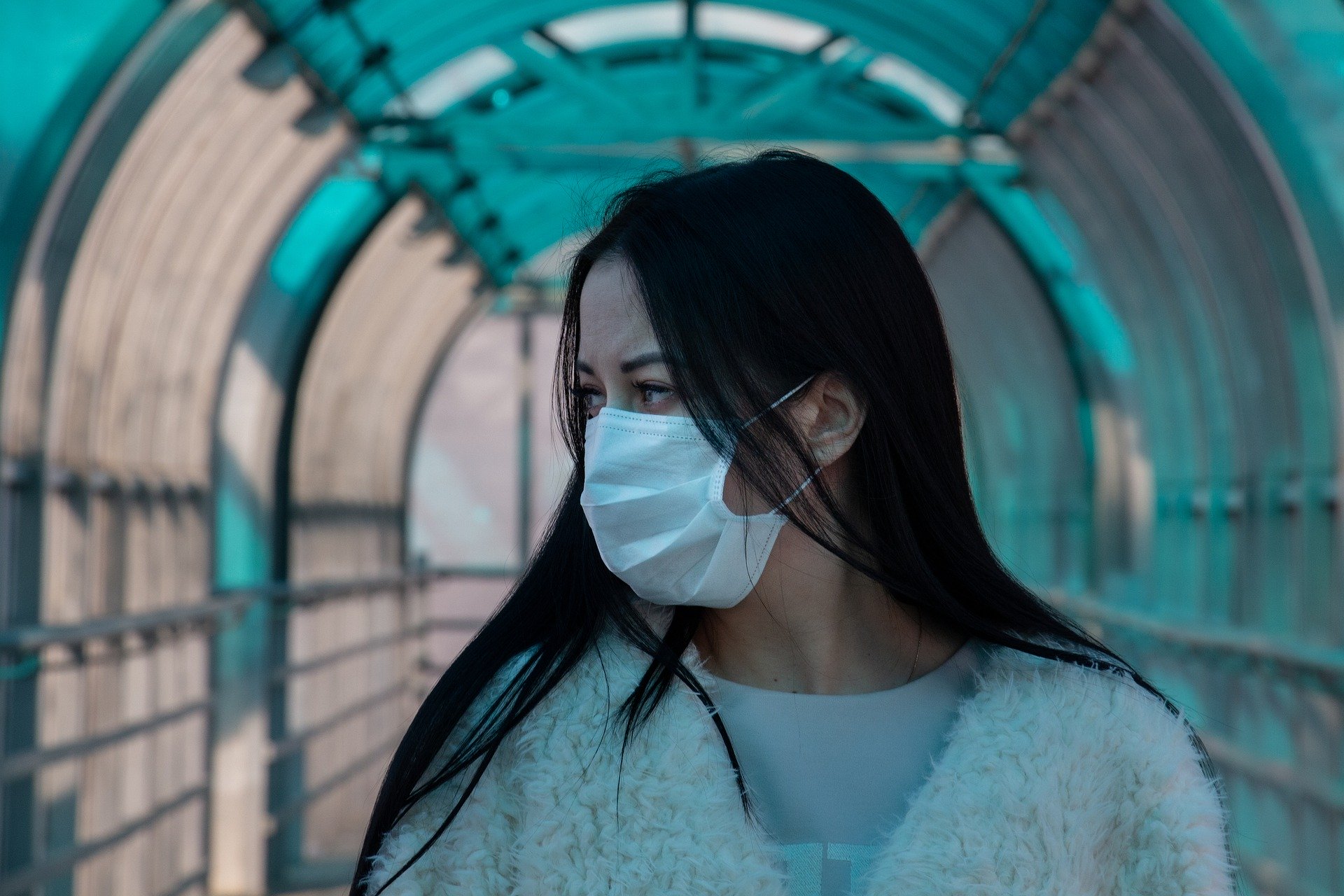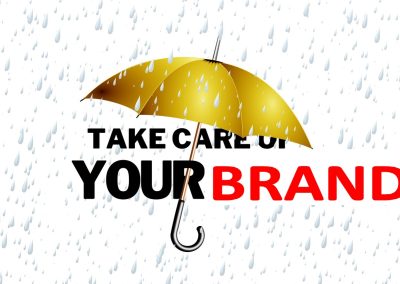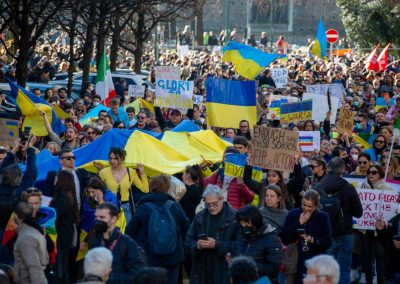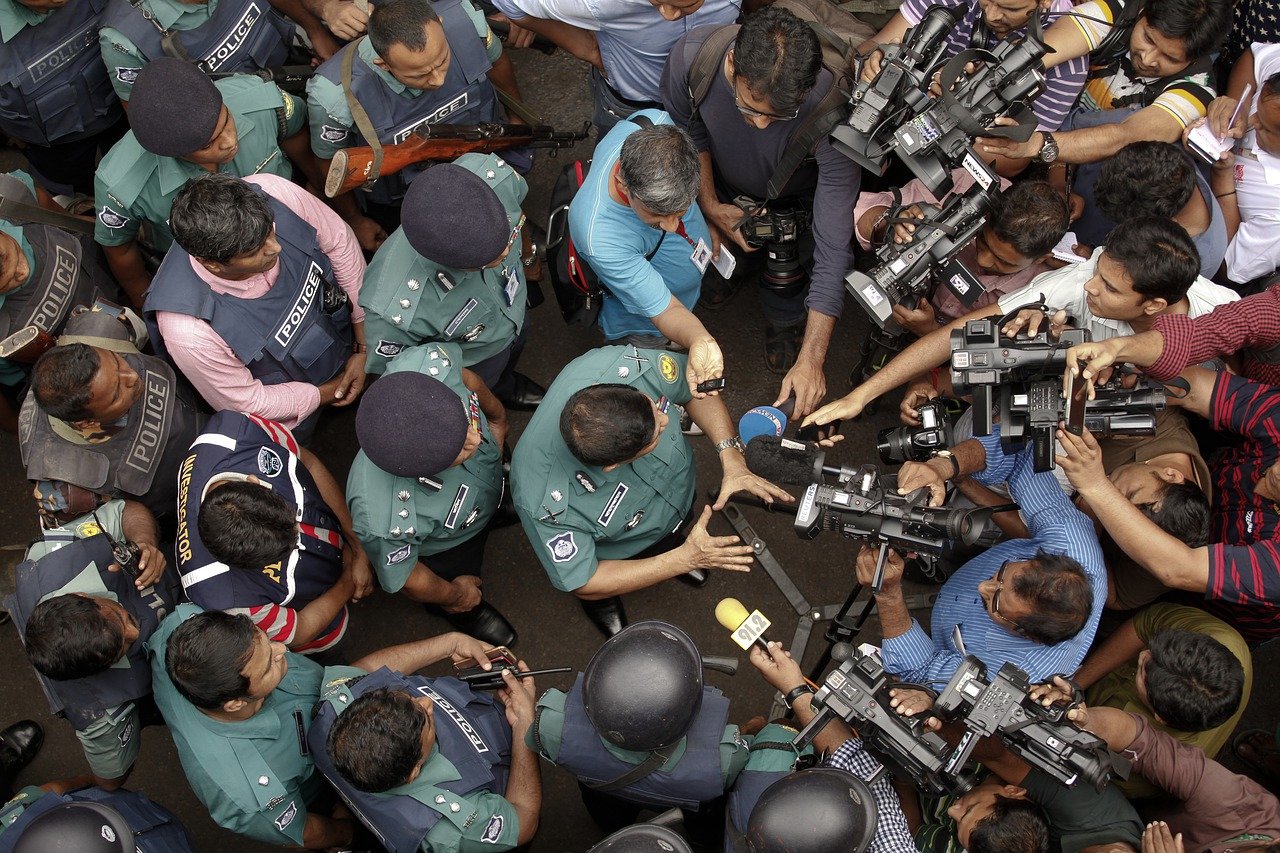In post Covid-19 de-confinement, communication should protect and reassure. It’s time for protection storytelling.
The worst of crisis communication seems to be over. While companies struggle to go back to business as usual, marketing and communication try to anticipate the upcoming future.
Well, the future… “Consumers are mentally in an entirely different place today than they were a few months ago. And they will be in a different place in 3 months, and again in 6 months or 12 months”, said Jason Heller from Persado during a recent interview published by Forbes.
Beside being an health, economic and social crisis, Covid-19 is a true human crisis, where images and words highly matter since representing the foundations to give a meaning to what is happening and what is coming, in a continuous movement of emotional waves.
How to dialogue with employees, customers, and communities that are still enduring social distancing and have very few certainties for tomorrow? Empathic and somewhat nostalgic messages conformed brands in a cliché storytelling. Look at this video montage: if you put branded ads one after the other, you only get somber piano music, desert cities, doctors at work, people and families sheltering in place.
But this can’t be enough today. On one hand, people want to hear that normality will be back, it might not be exactly the same as before, but it will bring a bit of good news and the permission to disconnect from this worrysome pandemic.
On the other hand, employees and consumers expect brands to move from ‘We’re here for you’ to ‘Here’s how we can help’, thus shifting from storytelling to authentic storydoing, specifically when dealing with health and safety. We cannot trust a brand that cannot guarantee safe offices and plants, defend jobs, or protect its employees and stakeholders.
Many brand are piloting the socalled ‘protection storytelling’. “We passed the Covid-19 emergency with heroic tales […] Now the brand should protect, reassure, appease. It’s a matter of public health calling from corporate social responsibility”, said professor Simonetta Pattuglia from Università degli Studi di Roma Tor Vergata to Il Sole 24 Ore.
You can easily see this change in retail. As 68% of Italians are likely to do shopping only where hygiene and security are granted (source: Gfk), retail businesses tell about the concrete protection measures they implemented, from gated access to masks, from barriers to hand sanitizing. In this safety mood, Coop edited its flagship campaign on tv and in stores, and Decathlon decided to fix a quota for online sales during lockdown to avoid too much stress for staff and logistics. Bialetti launched #ricominciAMOitalia! and made its iconic character wear a mask, while Burger King plays with social distancing by offering a triple onion whopper.
Even in tourism communication is all about security to attract guests in the forthcoming Summer season. In a broader perspective, protection storytelling is also inspiring Giorgio Armani. He was among the first to acknowledge how serious Covid-19 was and close all the shops, he supported health response with a significant donation and converted its production plants to manufacture disposable coats for health professionals. His latest announcements – moving haute couture from Paris to Milan, and having a mural painting dedicated to Italy – bring the promise of a less spectacular and slower fashion system, paying more attention to offer “clothes that remain” and having “people health as a priority”.




